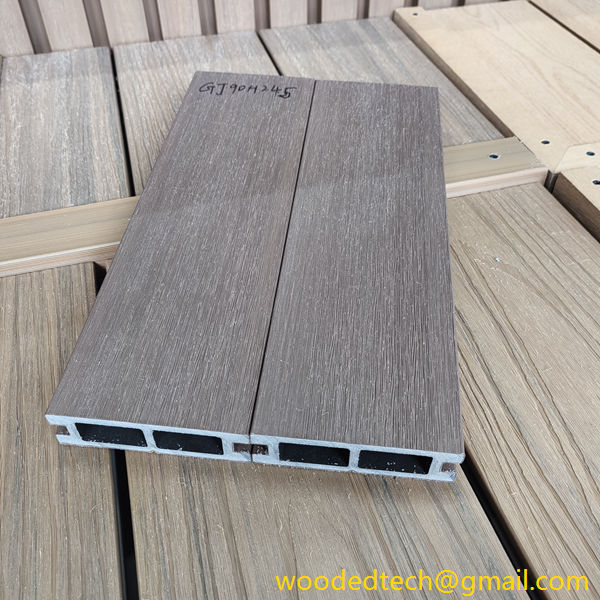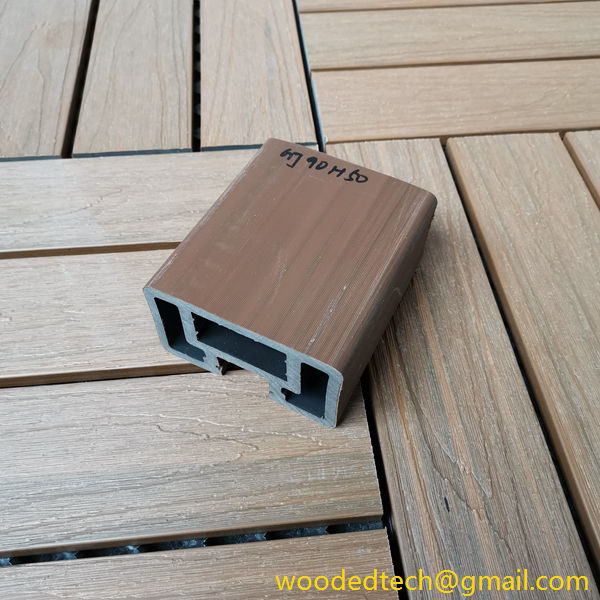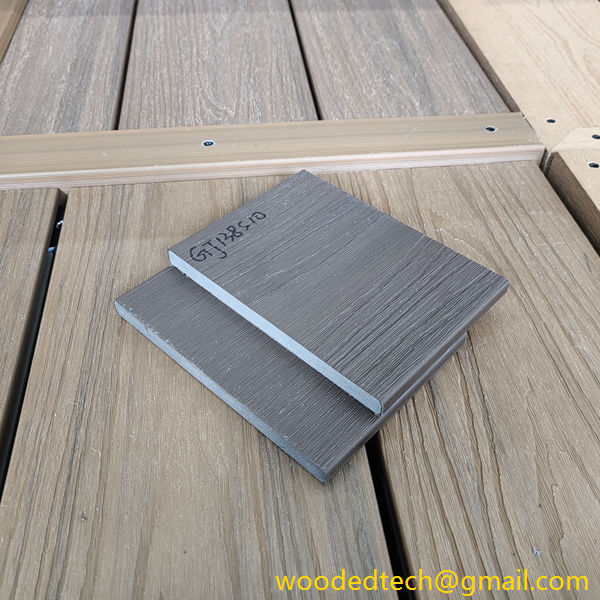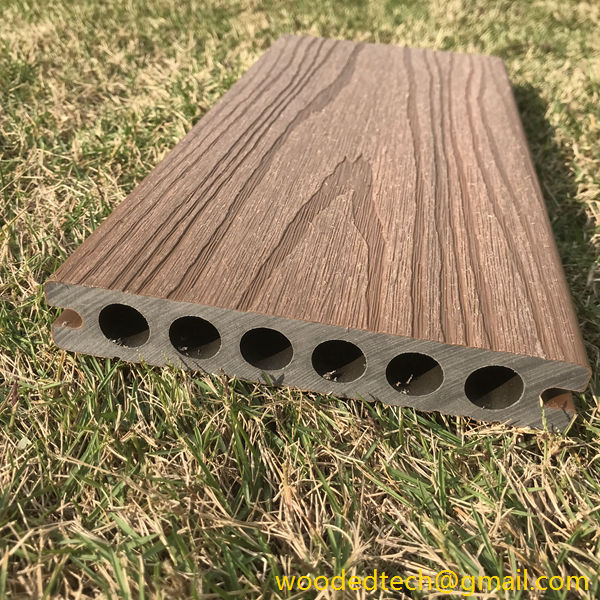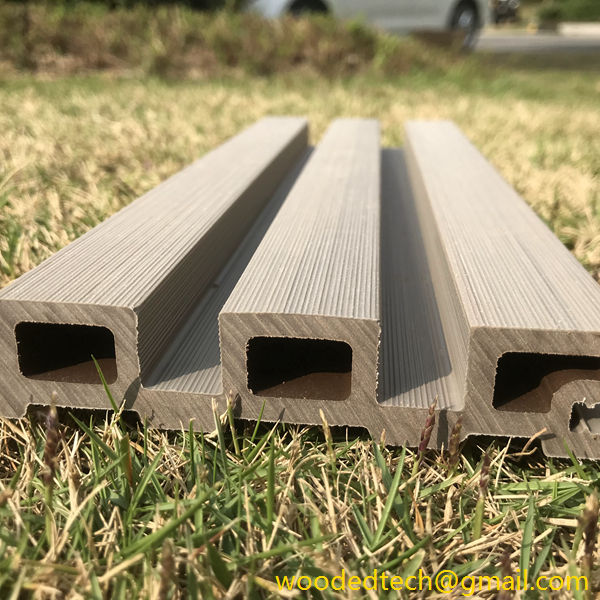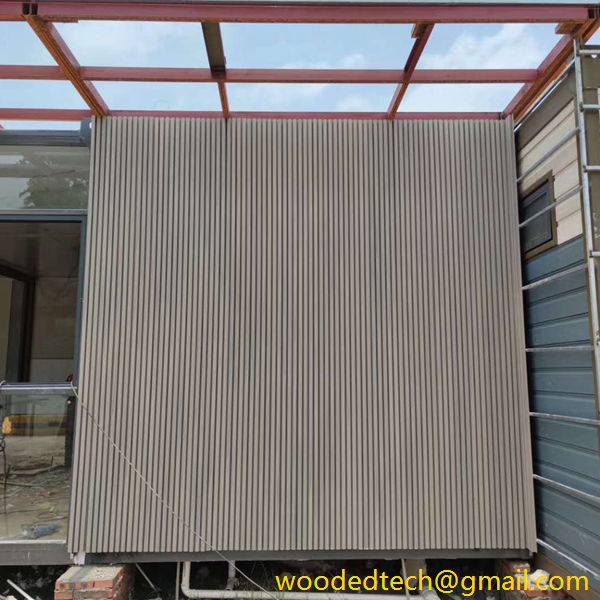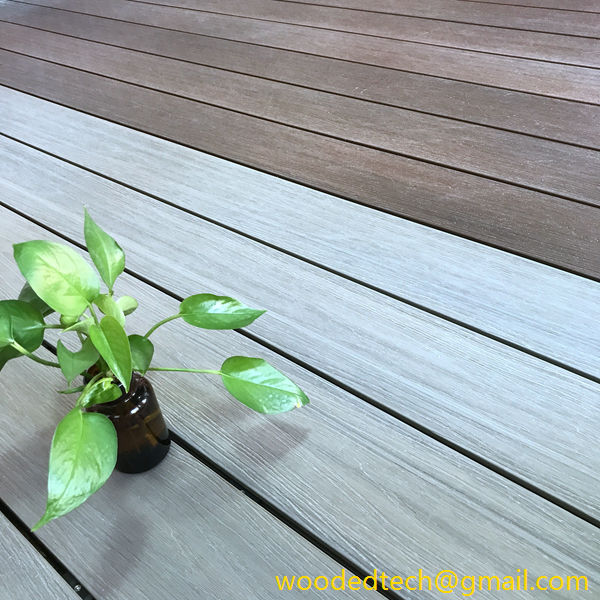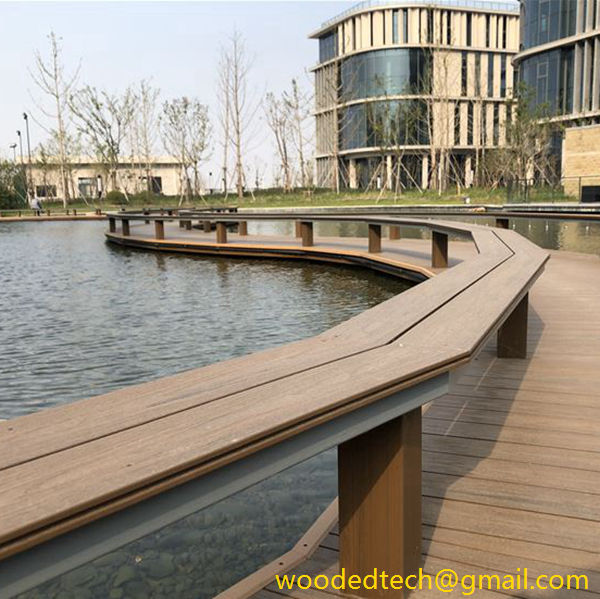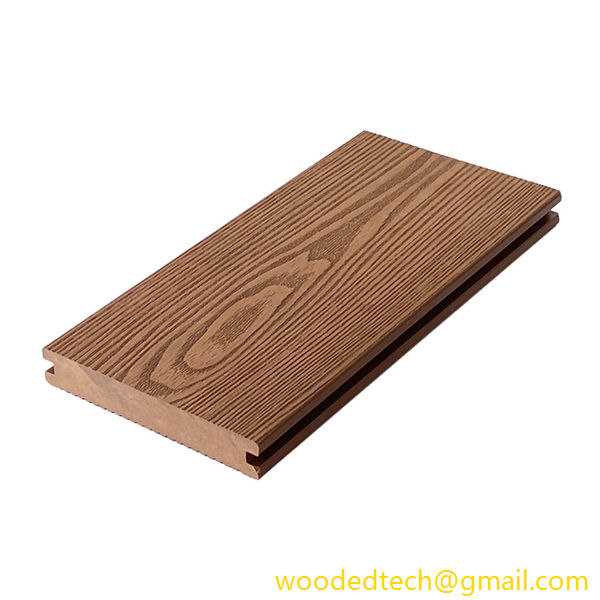What Are Composite Panels Made Of and Their Applications in Building and Design Projects
What Are Composite Panels Made Of and Their Applications in Building and Design Projects Composite panels are innovative building materials that have gained significant popularity in various construction and design projects. These panels are made from a combination of different materials that are bonded together to create a product that offers enhanced properties compared to…
What Are Composite Panels Made Of and Their Applications in Building and Design Projects
Composite panels are innovative building materials that have gained significant popularity in various construction and design projects. These panels are made from a combination of different materials that are bonded together to create a product that offers enhanced properties compared to its individual components. The richness of composite panels lies not only in their composition but also in their versatility and the myriad applications they serve in the building and design sectors.
At the core of composite panels are two primary materials: a core and a facing. The core is typically made from lightweight materials such as polystyrene, polyurethane, or honeycomb structures, while the facings are usually composed of metal, fiber-reinforced plastics, or other rigid materials. This combination results in a product that is not only lightweight but also strong, providing structural integrity and durability. The manufacturing process involves layering these materials and bonding them under heat and pressure, ensuring that they work together cohesively.
One of the most common types of composite panels is the aluminum composite panel (ACP), which features two thin layers of aluminum enclosing a non-aluminum core. ACPs are widely used in exterior cladding because they provide an aesthetically pleasing finish while offering resistance to weathering and impact. Their reflective properties can also contribute to energy efficiency by reducing heat absorption in buildings.
Another popular variant is the metal composite panel (MCP), which can include materials such as zinc, copper, or stainless steel. MCPs are favored in modern architecture due to their sleek appearance and ability to create striking facades. They are often used in commercial buildings, schools, and hospitals, where both aesthetic appeal and performance are critical.
In addition to aluminum and metal composites, there are also wood-based composite panels made from engineered wood products. These panels can include materials like medium-density fiberboard (MDF) or particleboard, combined with wood veneers or laminates. Such panels are often used in interior applications, including cabinetry, furniture, and wall paneling, where a warm, natural appearance is desired without compromising on strength and stability.
The applications of composite panels in building and design projects are extensive. Their lightweight nature allows for easier handling and installation, making them ideal for high-rise buildings where weight reduction is crucial. Additionally, their excellent thermal insulation properties contribute to energy efficiency, helping to lower heating and cooling costs. This makes composite panels a favored choice among architects and engineers striving for sustainable design solutions.
Moreover, composite panels can significantly enhance the acoustical performance of a building. Various formulations can be designed to reduce sound transmission, making them suitable for use in auditoriums, recording studios, and other environments where noise control is essential. This adaptability underscores the richness of composite panels in addressing diverse functional requirements in architectural design.
Creative applications of composite panels extend beyond traditional building facades. They are increasingly being utilized in interior spaces as decorative elements, such as feature walls or ceilings. The versatility of composite materials allows for a wide range of finishes, colors, and textures, enabling designers to create unique and customized environments. The ability to print high-resolution images directly onto composite panels opens up even more possibilities for personalization and artistic expression.
In recent years, the growing trend towards sustainable building practices has further propelled the popularity of composite panels. Many manufacturers now offer panels made from recycled materials or designed to be recyclable at the end of their life cycle. This aligns with the principles of green building and contributes to reducing the overall environmental impact of construction projects.
Furthermore, advancements in technology have led to the development of composite panels that possess enhanced fire resistance and other safety features. This is particularly important in commercial and high-rise buildings, where fire safety regulations are stringent. The incorporation of fire-retardant materials within the composite structure can help meet these requirements while still delivering on aesthetic and performance fronts.
In summary, composite panels are a testament to the innovation and advancement in building materials. Their composition, which combines various materials to create a product with superior properties, allows for a diverse range of applications in architecture and design. From exterior cladding to interior finishes, these panels cater to the aesthetic demands of modern architecture while also addressing functional needs such as insulation, acoustics, and fire safety.
The richness of composite panels lies not only in their material diversity but also in their ability to adapt to the changing needs of the construction industry. As architects and designers continue to explore new ways to combine form and function, composite panels will undoubtedly play an essential role in shaping the environments we live and work in. Their emergence as a cornerstone of contemporary building design reflects a broader movement towards innovation and sustainability in the face of evolving architectural challenges.

